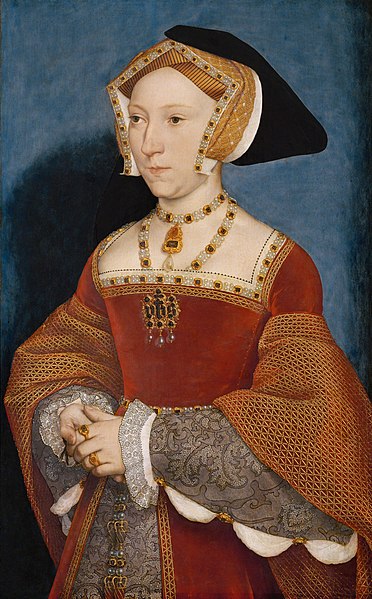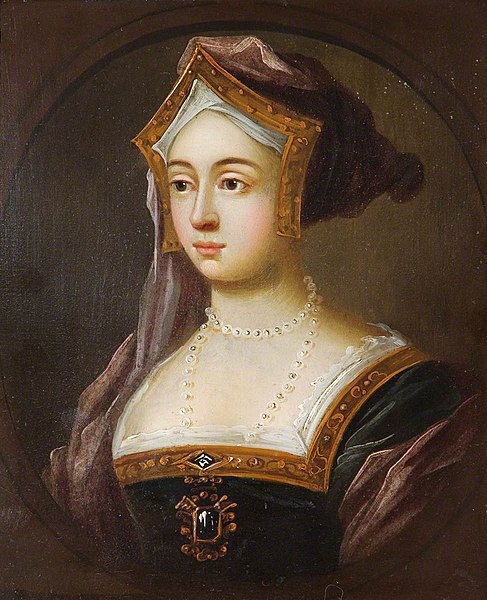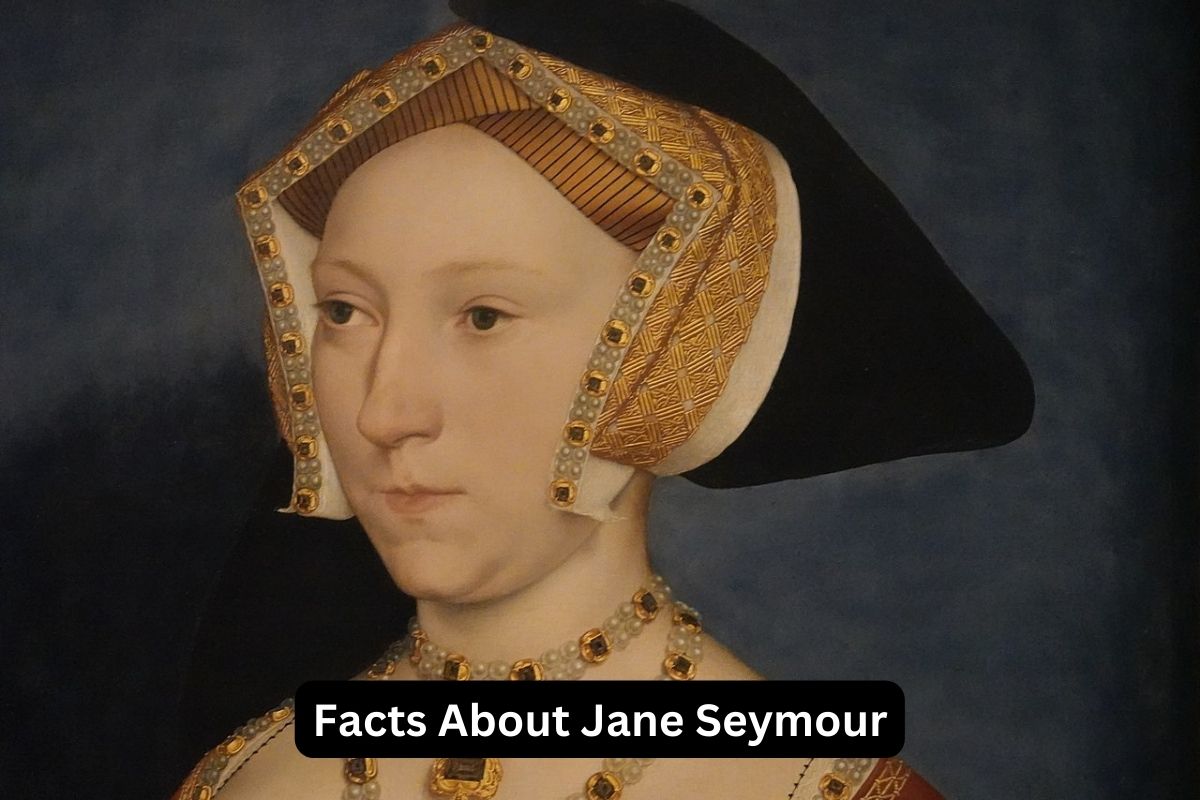Jane Seymour (c. 1508–1537) was an English noblewoman who became the third wife of King Henry VIII of England.
Born in Wulfhall, England, she was known for her gentle and quiet demeanor, which contrasted with her predecessor, Anne Boleyn.
Jane Seymour’s most significant historical role was giving birth to her son, Edward VI, who later became King of England and played a pivotal role in advancing the English Reformation.
Tragically, she died shortly after childbirth in 1537 due to postnatal complications. Jane Seymour is buried in St. George’s Chapel at Windsor Castle, and her legacy endures as a key figure in the Tudor era of English history.
Jane Seymour Facts
1. Born in 1508 in Wulfhall, England
Jane Seymour was born into the prominent Seymour family in 1508. Her birthplace was Wulfhall, a stately home in Wiltshire, England. The Seymours were a respected English noble family with strong ties to the monarchy.

2. Married King Henry VIII in 1536
Jane Seymour’s most famous association is her marriage to King Henry VIII of England. She became Henry’s third wife after the tumultuous and controversial marriage and divorce from his second wife, Anne Boleyn.
Also Read: Facts About Anne Boleyn
Henry’s pursuit of Jane was partly motivated by his desire for a male heir, as he had been unsuccessful in producing a male heir with his previous wives.
Their marriage took place on May 30, 1536, just days after the execution of Anne Boleyn. Jane’s marriage to Henry marked a significant moment in English history, as it signaled a shift in Henry’s personal life and the politics of the Tudor court.
3. Mother of Edward VI, who became king
Jane Seymour’s most notable achievement during her brief life was giving birth to her only child, a son named Edward, on October 12, 1537.
Edward VI would later become the king of England and is often remembered for his role in advancing the English Reformation, transitioning England towards Protestantism, and his relatively short but impactful reign.
Also Read: Anne of Cleves Facts
Jane’s posthumous influence through her son Edward left a lasting legacy in English history, as he succeeded Henry VIII to the throne and implemented significant religious reforms.
4. Died shortly after childbirth in 1537
Jane Seymour’s life was tragically cut short shortly after giving birth to her son, Edward, on October 12, 1537.
She developed postnatal complications, likely puerperal fever, a common and often deadly condition in the 16th century due to inadequate medical knowledge and hygiene practices.
Jane Seymour passed away on October 24, 1537, at Hampton Court Palace. Her death was a great loss to her husband, King Henry VIII, who was genuinely grieved by her passing.
5. Known for her gentleness and quiet demeanor
Jane Seymour was often described as having a gentle and quiet nature, which contrasted with the personalities of her predecessors and some of her contemporaries at the Tudor court.
This demeanor likely contributed to her appeal to King Henry VIII, who saw her as a contrast to his previous wives, particularly the outspoken Anne Boleyn. Jane’s modest and unassuming character endeared her to many at the Tudor court.
6. Supported the Catholic restoration
Jane Seymour’s religious beliefs were firmly rooted in Catholicism. During her time as queen, she is known to have supported efforts to roll back some of the religious reforms introduced during the reign of Henry VIII, such as the dissolution of monasteries.
Her influence, however, was limited due to her relatively short tenure as queen. It was during the reign of her son, Edward VI, that more significant Protestant reforms were implemented in England, marking the beginning of the English Reformation.

7. Buried in St. George’s Chapel at Windsor Castle
After her death in 1537, Jane Seymour was given a royal burial. She was interred in St. George’s Chapel at Windsor Castle, a place traditionally reserved for the burials of members of the British royal family.
This location reflects the high regard in which she was held as the mother of the future King Edward VI and her status as the third wife of King Henry VIII.
8. Had brothers Edward and Thomas Seymour
Jane Seymour had two notable brothers, Edward and Thomas Seymour. Edward Seymour, also known as Edward Seymour, 1st Duke of Somerset, played a significant role in English politics during the reign of his nephew, Edward VI.
He served as Lord Protector of England during Edward’s minority and was a key figure in the implementation of religious reforms.
Thomas Seymour, on the other hand, was a controversial figure. He married Henry VIII’s widow, Catherine Parr, and was later executed for treason.
9. Subject of various literary and media adaptations
Jane Seymour’s life and her role as the third wife of Henry VIII have been a popular subject for historical novels, films, television series, and other forms of media.
Countless works of fiction and non-fiction have explored her relationship with Henry VIII and the impact of her brief reign as queen consort. Her character is often portrayed as a contrast to the more flamboyant and assertive Anne Boleyn.
10. Played a significant role in Tudor history
While Jane Seymour’s reign as queen was short-lived, her marriage to King Henry VIII and the birth of their son, Edward VI, had a profound and lasting impact on Tudor history.
Her son, Edward, succeeded to the throne as a minor and his reign marked a period of significant religious reform in England. This period saw the consolidation of Protestantism and the further separation of the Church of England from the authority of the Pope.
Jane Seymour’s legacy is intertwined with the broader religious and political changes of the Tudor era.
